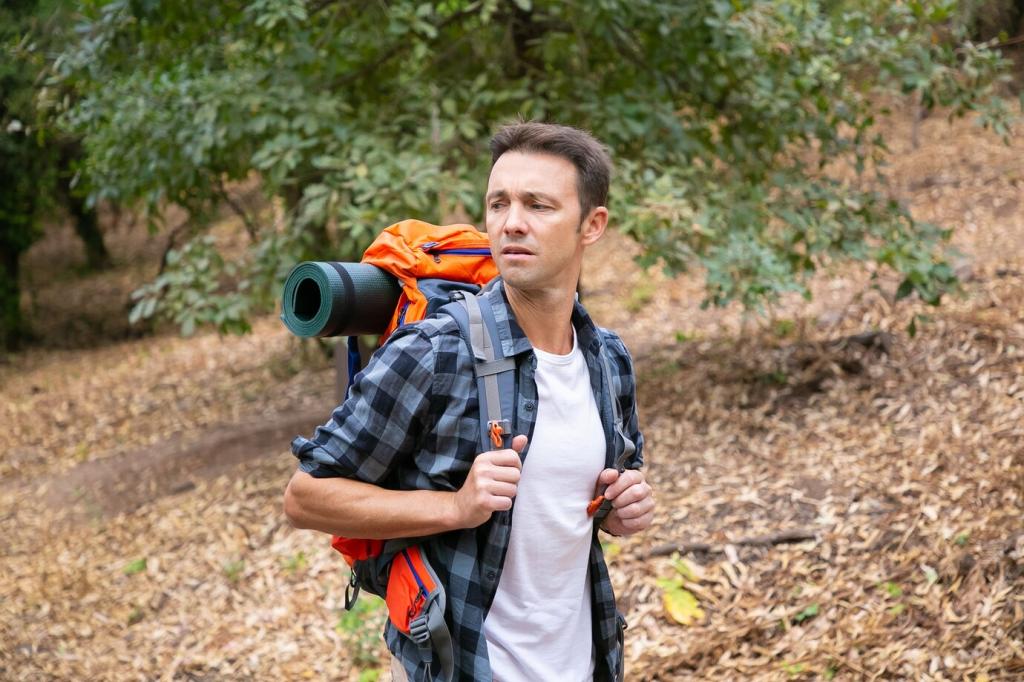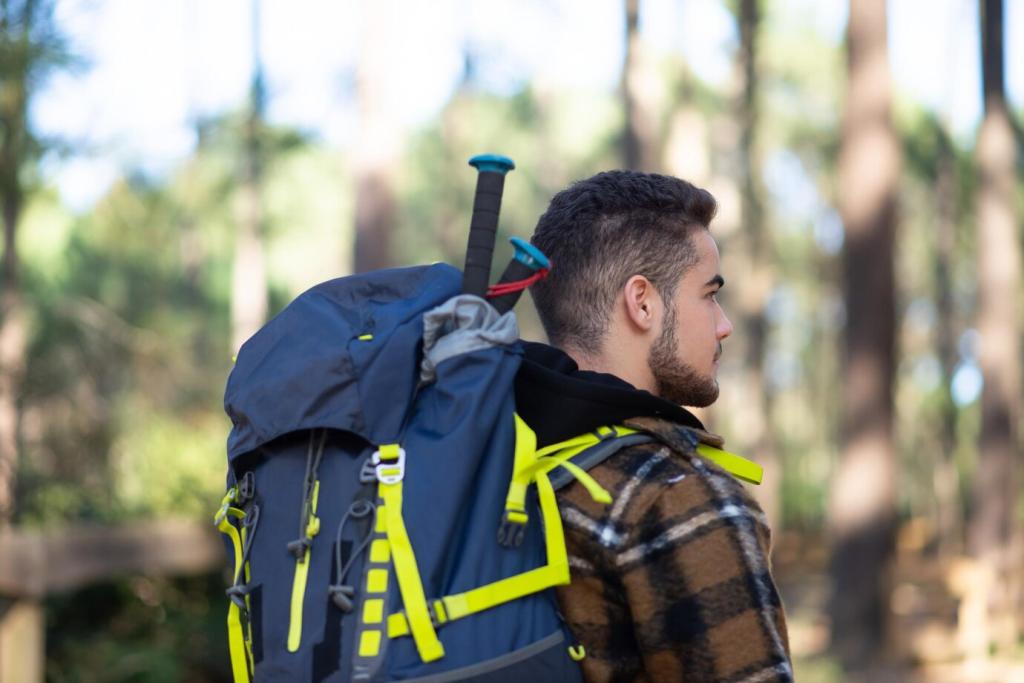Mountain Hiking Gear Essentials for Every Season
Chosen theme: Mountain Hiking Gear Essentials for Every Season. From thawing spring trails to icy winter ridgelines, here’s your friendly, inspiring guide to packing smart, staying safe, and savoring every step. Share your favorite seasonal must-haves in the comments and subscribe for fresh trail-tested tips.

Mastering the Four-Season Layering System
Base Layers: Merino vs. Synthetics
Merino regulates temperature and resists odor, making it ideal for cool, variable conditions. Synthetics excel at fast drying during sweaty climbs. Rotate weights by season, and always choose next-to-skin fabrics that wick well to prevent chill during rest stops.
Insulation Choices: Fleece, Down, and Synthetic
Fleece shines in damp climates and during high-output efforts. Down packs tiny warmth for cold, dry days. Synthetic loft keeps insulating when wet, a shoulder-season lifesaver. Mix pieces so you can stack warmth without bulk as temperatures drop with elevation.
Shells that Breathe and Protect
A reliable hard shell blocks wind and driving rain; a soft shell stretches and breathes on energetic climbs. In spring, prioritize ventilation; in winter, pick robust waterproofing. A surprise graupel squall once hit mid-ascent, and a quick shell change saved the day—and our morale.
Footwear, Traction, and Seasonal Stability
Spring Slop: Waterproofing and Gaiters
Spring trails often hide snow patches and deep, boot-sucking mud. Waterproof boots paired with mid-height gaiters keep debris and water out. Tread patterns that shed mud help maintain traction. Dry socks and a spare in a zip bag can completely change a soggy day.
Summer Miles: Trail Runners vs. Boots
Trail runners breathe and lighten your stride for long, hot days. Boots provide ankle support under heavy loads and rocky scrambles. Consider toe protection, rock plates, and blister prevention. Break footwear in on local hills, and share your blister-proof lacing tricks with our community.
Winter Grip: Microspikes, Crampons, and Snowshoes
Microspikes excel on packed, icy trails; crampons bite into steeper, firmer slopes; snowshoes float on unconsolidated powder. Pair traction with insulated, waterproof boots and warm socks. Always assess terrain and carry what you’re prepared to use safely, not just what fits in the pack.
Navigation and Weather Awareness, Year-Round
Carry a paper map and real compass as your unbreakable core, then add a GPS or mapping app for quick checks. Download offline maps and mark critical junctions. Practice bearings before the fog rolls in—skills beat batteries when the sky goes white.


Water Treatment for Every Season
Filters are great for three seasons, but can freeze and crack in winter. Chemical treatments and UV purifiers shine when temperatures drop. Insulate hoses, carry a wide-mouth bottle upside down to prevent lid ice, and know your refill options before committing to a long ridge.

Fueling Smart: Calories and Electrolytes
In summer, easy-to-digest carbs and electrolytes ward off bonks and heat cramps. In winter, add fats and warm soups for sustained heat. Pre-portion snacks by hour, not by bag size. A small timer reminder can keep your intake steady when views steal your attention.
Sun and Altitude: Protecting Skin and Eyes
High-altitude UV is unforgiving in every season, with snow doubling exposure through reflection. Wear glacier-rated sunglasses in winter, reapply broad-spectrum sunscreen, and cover skin with airy UPF layers. Hydrate often, pace ascents, and recognize early altitude symptoms before they escalate.
Snow Sense: Avalanche Tools and Training
If you travel on or below steep, snow-loaded slopes, carry beacon, shovel, and probe—and get formal training. Read avalanche bulletins, choose conservative routes, and practice rescue regularly. One prudent turnaround today can guarantee many more summits with friends tomorrow.
Wildlife, Bugs, and Plants: Seasonal Awareness
Spring brings hungry bears and muddy tracks; store food properly and carry spray where recommended. Summer ticks demand diligent checks and permethrin-treated clothing. Autumn nets stinging insects near trailheads. Know local hazards, and share regional tips in the comments to help newcomers prepare.
Packs, Packing Strategy, and Seasonal Add‑Ons
Choosing Volume by Season
Summer daypacks can shrink with lighter layers, while winter loads need extra liters for insulation, stove, and emergency gear. Try packing lists before buying. A snug fit that transfers weight to hips makes steep climbs feel surprisingly manageable, even with traction gear onboard.
Smart Packing: Access and Balance
Keep insulation accessible up high, heavy items tight and centered, and rain layers near the top. Dry bags separate wet from warm. Color-code small kits so partners can find items quickly. A tidy system turns chaotic weather into simple, confident adjustments on the move.
Leave No Trace, Year-Round
A tiny repair kit, waste bags, and a microfiber towel reduce impact across seasons. In winter, pack out orange peels that will reappear at thaw. Choose durable trailside habits, and invite friends to pledge one new Leave No Trace improvement for their next outing.

